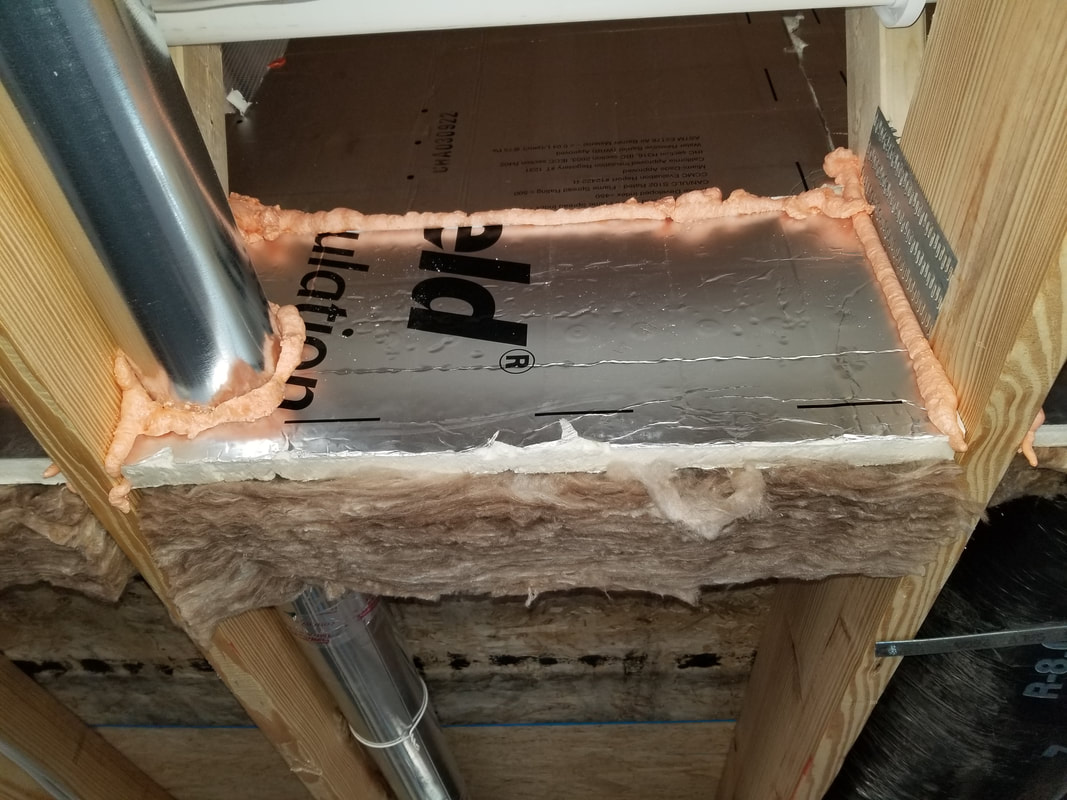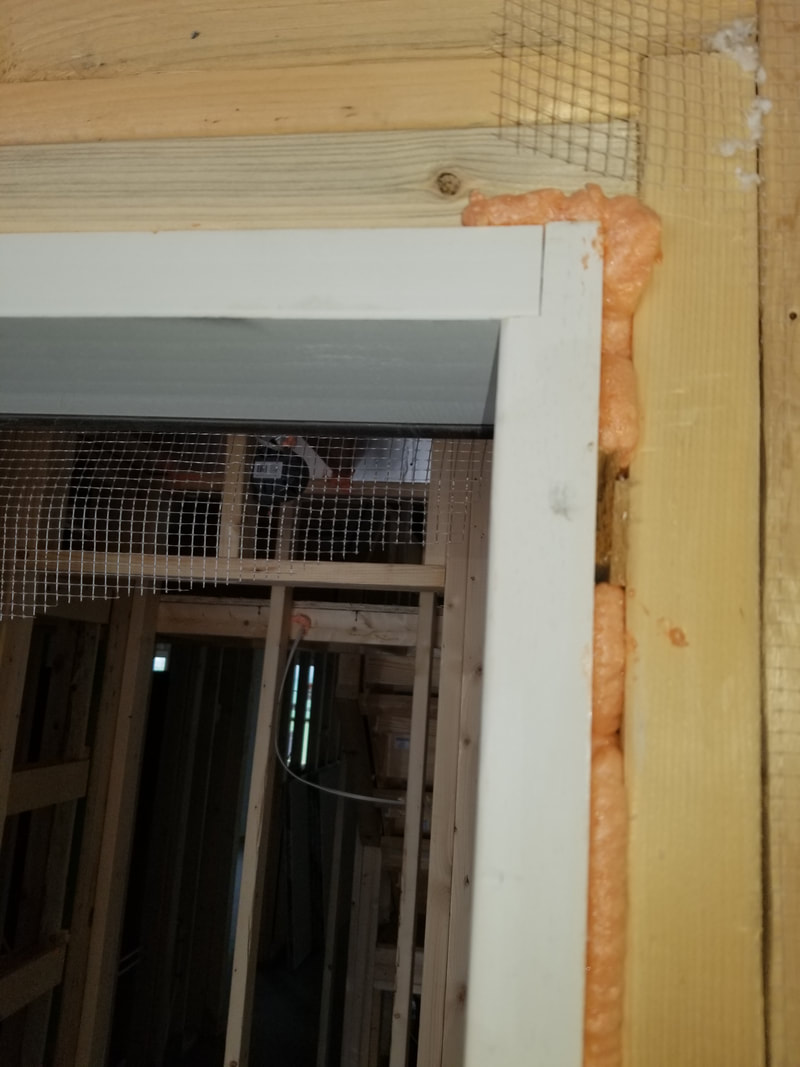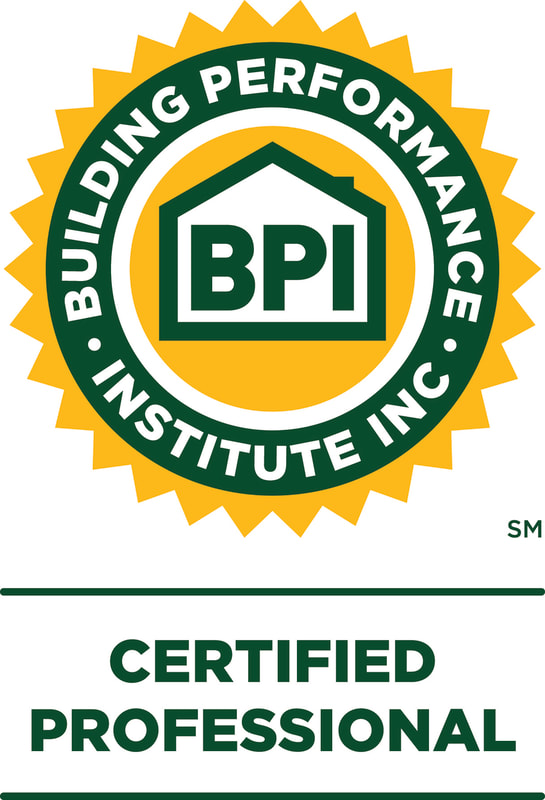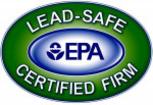|
Attics, continued: Quite often, the greatest source of air leakage and energy loss in homes is the attic. These are some additional ways that conditioned air can leak from the home into the attic: 5. Chases for plumbing, electric, HVAC, etc.
9. Bonus rooms. Truss packages which lack bottom plates leave a gap between the drywall and the floor sheathing.
Doors & Windows: While potentially leaky, doors and windows are surprisingly easy to deal with in a new home. 1. Gaps between framing and doors & windows.
2. Installation must be level and square. Any doors or windows which do not open and shut properly can often be instances of poor installation. Not only are these difficult to operate, they do not seal as well as the manufacturer intended.
3. Gaps under doors.
Thanks for reading. We'll have more suggestions in Part 3.
0 Comments
Leave a Reply. |
Archives
August 2023
Categories |
© 2015-2022 - Energy Auditors, LLC - All Rights Reserved (717) 914-8155 - [email protected] - Dillsburg, PA



 RSS Feed
RSS Feed





